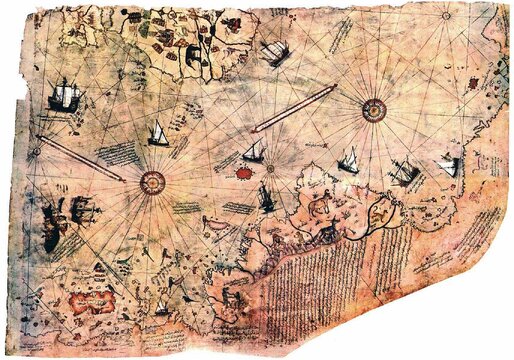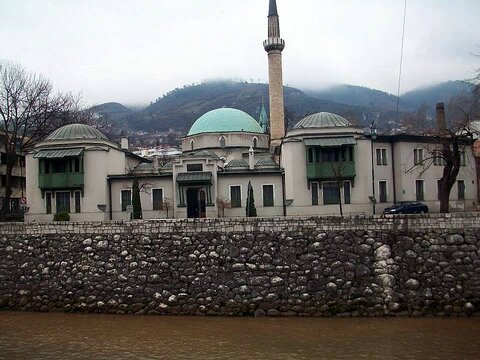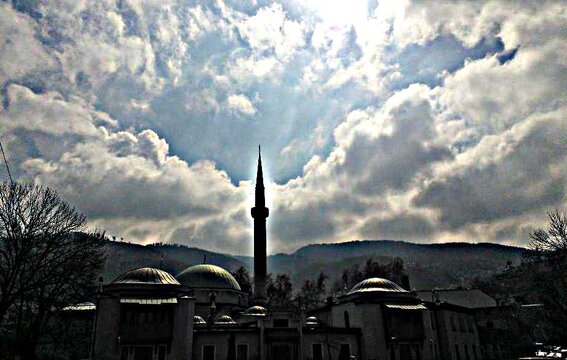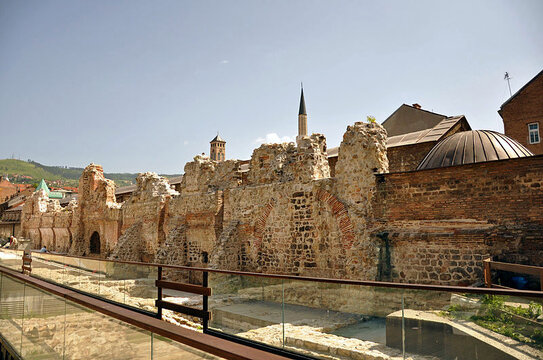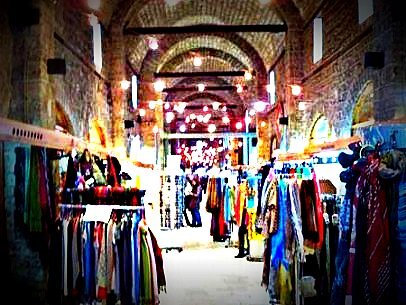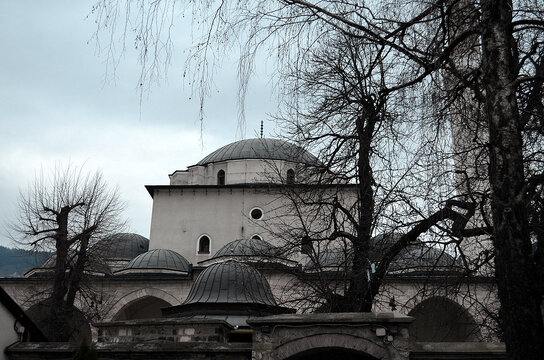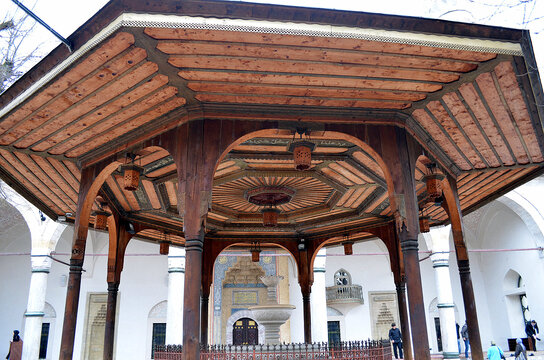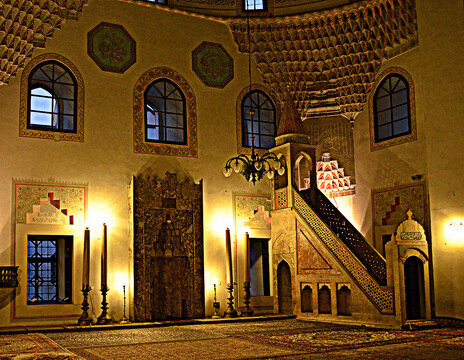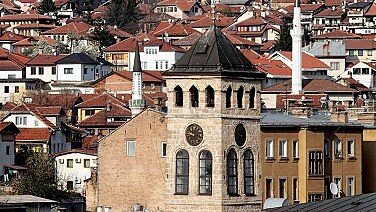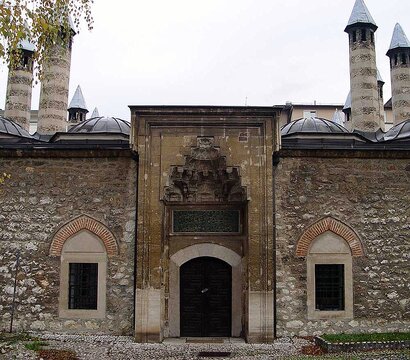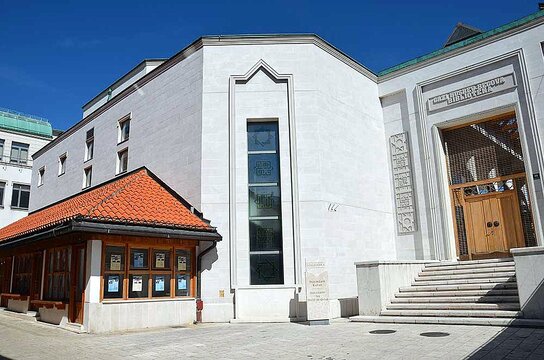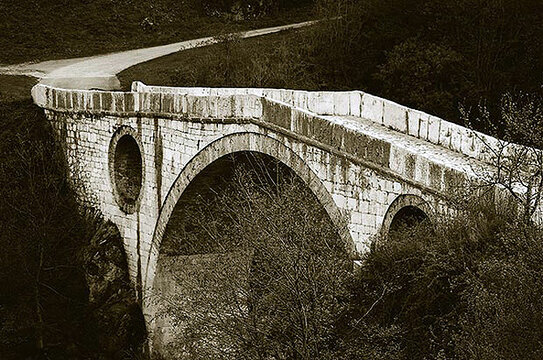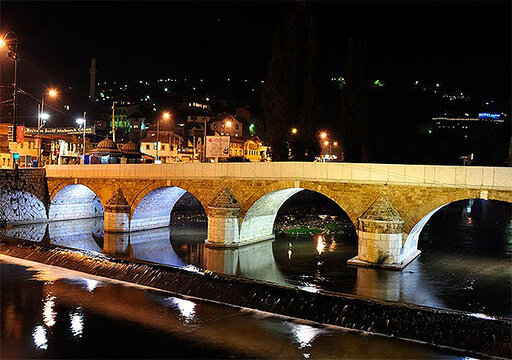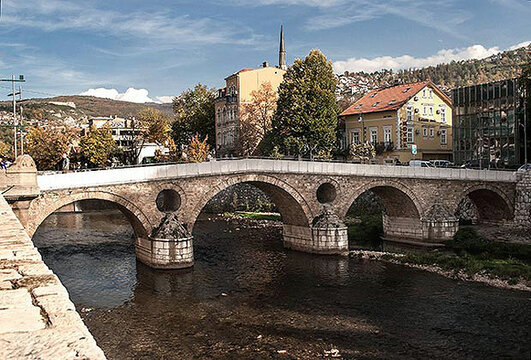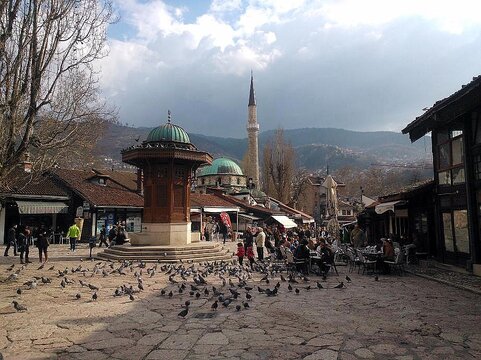The European Sarajevo, where Muslim heritage flourished in Central Europe
Known for its diverse ethnic and religious makeup, Bosnia and Herzegovina offers a captivating history, scenic landscapes, adventure and a rich culinary tradition. Bosnia and Herzegovina has a rich history of contributions in science, technology, economy, arts, architecture and civilisation, which benefits both Europe and the Muslim world until present.
This article features the capital of Bosnia and Herzegovina, Sarajevo. Translated as “the plains around the palace” or “palace plains” from the Turkish Sarayova (saray ovası), one may say that Sarajevo most definitely gives the feeling of grandeur and exquisite beauty. The skyline offers impressive outlines of nature meeting the contemporary world with the Dinarides/Dinaric Alps lofting over different periods of history. This is illustrated in a montage of religious along with secular architecture including church, cathedral and mosque spires as well as Austro-Hungarian and Yugoslav built establishments.
Ottoman Rule in Sarajevo
It has been said that the water flows from the Miljacka River, which Sarajevans are proud of, makes visitors wish to never leave due to its sweet taste. This water system that was installed by Isa-Beg Isaković was later much improved upon by Gazi Husrev-Beg, who governed Bosnia from 1521 to 1541.[1] Some of the first wooden-pipe waterworks are reported to have been built to supply both private and public dwellings.[2] This water system was a 7 km long and spread system, later on used as the basis for the modern water supply system.[3] He is said to be one of Sarajevo’s, along with greater Bosnia and Herzegovina’s, most celebrated donors and leaders, due to his “extraordinary energy” and “philanthropy.
Although, Gazi Husrev-Beg is said to be one of the most influential leaders of Sarajevo, it was under Isa-Beg Isaković in 1457-9 CE[5] that the city was founded as an entity of the Ottoman Empire. Isaković sealed the city by founding numerous symbolic entities including the “Careva Džamija” (also known as the Emperor’s Mosque; the Tsar’s Mosque; The Imperial Mosque), a tekke (a school and lodge of a dervish order), a musafirhana (free inn for travellers), a hamam (Turkish bath), a bridge across the river Miljacka, a system of piped water, and the Saray (Palace), or governor’s court, which gave the town its new name.
Whilst the first Ottoman settlement of the Careva Džamija was built around the mosque, the Sultan’s representative, hamam and bridge were later disassembled during the Austro-Hungarian reign. They were later rebuilt a few metres upstream, where they remain today.
The original Careva Džamija included a hipped roof[6] that was made of wood and was significantly smaller than today’s existing building. The present mosque includes a dome above the prayer area and three small domes on the cloister by the order of Sultan Sulejman Velićanstveni (Suleiman the Magnificent) in 1566.[4] The introduction of the dome, as opposed to the hipped roof, was typical of Ottoman architecture, as is reported in this Muslim Heritage article on Ottoman Architecture and Urban design.
The cloister which surrounds the mosque’s courtyard was later walled up in 1847 and 1912, along with the expansion of the Ulema Medžlis building.[4] Side rooms were later added and connected via the addition of a door in the central prayer area in the 19th century. Painted decorations and the interior of the mosque were conserved and restored between 1980 and 1983
Amongst the many civil and educational institutions the Ottomans founded during their reign in Sarajevo, one of the most significant is that of the Gazi Husrev-Beg complex in Baščaršija (old bazaar). This interlocking of institutions of the town with those of Islam and its great civilisation would not have been possible without Gazi Husrev-Beg’s waqf (religious endowment).[7] This was typical of Ottoman municipality leadership and in spite of stereotypes, the waqf institution could be argued to be one of the greatest legacies the world has inherited. In a poetic irony, the Ottomans themselves once stated on the institution of waqf:
“If you would like to get to know us after our era, please refer to our endowments (as these are our best works that present us).
Although the waqf was used to build high standard public institutions, Gazi Husrev-Beg focused primarily on building sustainable marketplaces. One could conclude that Gazi Husrev-Beg acknowledged that economy and trade would be one of the strongest foundations and income generating principles of Sarajevo. So much so that he was accredited of “building projects all inside the Sarajevan Baščaršija (old bazaar), […] refusing to lend money to merchants or donors building anywhere else…”[9] Thus seeming to transform the face and status of Sarajevo.
Known for its diverse ethnic and religious makeup, Bosnia and Herzegovina offers a captivating history, scenic landscapes, adventure and a rich culinary tradition. Bosnia and Herzegovina has a rich history of contributions in science, technology, economy, arts, architecture and civilisation, which benefits both Europe and the Muslim world until present.
This article features the capital of Bosnia and Herzegovina, Sarajevo. Translated as “the plains around the palace” or “palace plains” from the Turkish Sarayova (saray ovası), one may say that Sarajevo most definitely gives the feeling of grandeur and exquisite beauty. The skyline offers impressive outlines of nature meeting the contemporary world with the Dinarides/Dinaric Alps lofting over different periods of history. This is illustrated in a montage of religious along with secular architecture including church, cathedral and mosque spires as well as Austro-Hungarian and Yugoslav built establishments.
Ottoman Rule in Sarajevo
It has been said that the water flows from the Miljacka River, which Sarajevans are proud of, makes visitors wish to never leave due to its sweet taste. This water system that was installed by Isa-Beg Isaković was later much improved upon by Gazi Husrev-Beg, who governed Bosnia from 1521 to 1541.[1] Some of the first wooden-pipe waterworks are reported to have been built to supply both private and public dwellings.[2] This water system was a 7 km long and spread system, later on used as the basis for the modern water supply system.[3] He is said to be one of Sarajevo’s, along with greater Bosnia and Herzegovina’s, most celebrated donors and leaders, due to his “extraordinary energy” and “philanthropy.
Although, Gazi Husrev-Beg is said to be one of the most influential leaders of Sarajevo, it was under Isa-Beg Isaković in 1457-9 CE[5] that the city was founded as an entity of the Ottoman Empire. Isaković sealed the city by founding numerous symbolic entities including the “Careva Džamija” (also known as the Emperor’s Mosque; the Tsar’s Mosque; The Imperial Mosque), a tekke (a school and lodge of a dervish order), a musafirhana (free inn for travellers), a hamam (Turkish bath), a bridge across the river Miljacka, a system of piped water, and the Saray (Palace), or governor’s court, which gave the town its new name.
Whilst the first Ottoman settlement of the Careva Džamija was built around the mosque, the Sultan’s representative, hamam and bridge were later disassembled during the Austro-Hungarian reign. They were later rebuilt a few metres upstream, where they remain today.
The original Careva Džamija included a hipped roof[6] that was made of wood and was significantly smaller than today’s existing building. The present mosque includes a dome above the prayer area and three small domes on the cloister by the order of Sultan Sulejman Velićanstveni (Suleiman the Magnificent) in 1566.[4] The introduction of the dome, as opposed to the hipped roof, was typical of Ottoman architecture, as is reported in this Muslim Heritage article on Ottoman Architecture and Urban design.
The cloister which surrounds the mosque’s courtyard was later walled up in 1847 and 1912, along with the expansion of the Ulema Medžlis building.[4] Side rooms were later added and connected via the addition of a door in the central prayer area in the 19th century. Painted decorations and the interior of the mosque were conserved and restored between 1980 and 1983
Amongst the many civil and educational institutions the Ottomans founded during their reign in Sarajevo, one of the most significant is that of the Gazi Husrev-Beg complex in Baščaršija (old bazaar). This interlocking of institutions of the town with those of Islam and its great civilisation would not have been possible without Gazi Husrev-Beg’s waqf (religious endowment).[7] This was typical of Ottoman municipality leadership and in spite of stereotypes, the waqf institution could be argued to be one of the greatest legacies the world has inherited. In a poetic irony, the Ottomans themselves once stated on the institution of waqf:
“If you would like to get to know us after our era, please refer to our endowments (as these are our best works that present us).
Although the waqf was used to build high standard public institutions, Gazi Husrev-Beg focused primarily on building sustainable marketplaces. One could conclude that Gazi Husrev-Beg acknowledged that economy and trade would be one of the strongest foundations and income generating principles of Sarajevo. So much so that he was accredited of “building projects all inside the Sarajevan Baščaršija (old bazaar), […] refusing to lend money to merchants or donors building anywhere else…”[9] Thus seeming to transform the face and status of Sarajevo.
Prilozi
-
469 KB Pregleda: 17
-
104.8 KB Pregleda: 2
-
89.3 KB Pregleda: 0
-
119.6 KB Pregleda: 0
-
57.1 KB Pregleda: 1
-
711.3 KB Pregleda: 2
-
673.4 KB Pregleda: 1
-
1.1 MB Pregleda: 1
-
49.3 KB Pregleda: 2
-
183.5 KB Pregleda: 10
-
114.5 KB Pregleda: 0
-
212 KB Pregleda: 1
-
176.7 KB Pregleda: 2
-
201.2 KB Pregleda: 1
-
240.3 KB Pregleda: 1
-
152.1 KB Pregleda: 26


